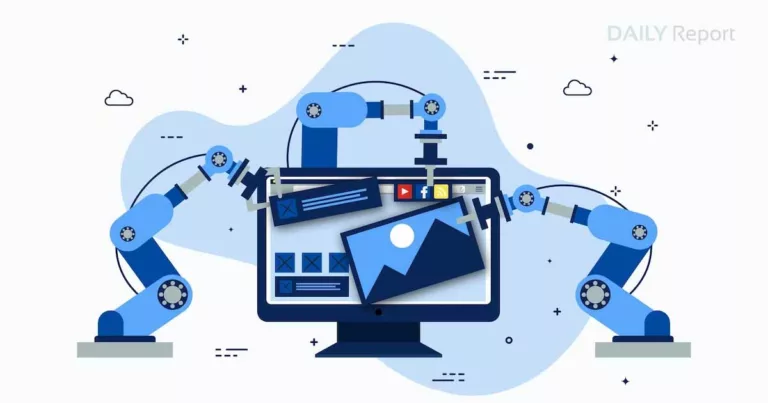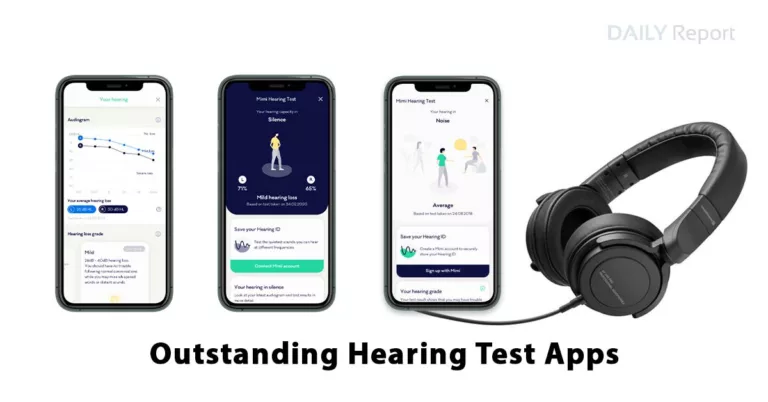Augmented Reality: Enhancing Human Experiences in Various Industries 2023
In recent years, augmented reality (AR) has emerged as a transformative technology that has the potential to revolutionize various industries. With its ability to overlay digital information onto the real world, AR opens up endless possibilities for enhancing human experiences, be it in entertainment, education, healthcare, or manufacturing. This blog explores the vast applications of augmented reality across different sectors, highlighting its potential to reshape our interactions with the physical world and offering glimpses into a future where AR becomes an integral part of our daily lives.
1. Augmented Reality in Entertainment
The entertainment industry has been quick to recognize the potential of augmented reality in providing immersive experiences to audiences. From mobile games like Pokémon GO to AR-enhanced live performances, AR has opened up new dimensions of entertainment. Imagine sitting in a theater and watching a play where digital characters interact seamlessly with live actors, or attending a music concert where virtual elements complement the live performance. Augmented reality has the power to transform how we engage with movies, sports events, and other forms of entertainment, blurring the line between the real and the digital.
2. Augmented Reality in Education
Education is another sector that stands to benefit significantly from augmented reality. By overlaying digital information onto physical objects, AR can create interactive and engaging learning experiences. For instance, students studying biology can use AR to examine 3D models of organs and observe their functions in real-time. AR can also transport students to historical events or remote locations, providing a virtual field trip experience. By making learning more immersive and interactive, augmented reality has the potential to revolutionize education, making complex subjects more accessible and engaging for learners of all ages.
3. Augmented Reality in Healthcare
Augmented reality has immense potential in healthcare, transforming the way medical professionals diagnose, treat, and educate patients. Surgeons can use AR to visualize patient anatomy in real-time during procedures, enhancing precision and reducing the risk of errors. AR can also assist in medical training, allowing students to practice surgeries and procedures on virtual patients. Moreover, AR can improve patient outcomes by providing real-time information and instructions, enabling individuals to manage their health conditions more effectively. Augmented reality holds the promise of revolutionizing healthcare by merging virtual and real-world data to enhance medical practices.
4. Augmented Reality in Manufacturing
The manufacturing industry is leveraging augmented reality to improve productivity, efficiency, and safety. AR can provide workers with real-time instructions and overlays, guiding them through complex assembly processes. By visualizing information and data on the physical shop floor, AR reduces errors and enhances workflow. Manufacturers can also use AR for maintenance and troubleshooting, as technicians can access digital manuals and interactive guides hands-free. Augmented reality is transforming traditional manufacturing processes, empowering workers and streamlining operations for better productivity.
5. Augmented Reality in Retail
Augmented reality is reshaping the retail industry, offering customers unique shopping experiences and enabling businesses to showcase products in innovative ways. AR applications allow customers to try on virtual clothes or accessories without physically wearing them, revolutionizing the online shopping experience. Retailers can also create virtual showrooms and product demonstrations, giving customers a realistic sense of the item before making a purchase. AR bridges the gap between the online and offline retail worlds, enhancing customer engagement and boosting sales.
Conclusion
Augmented reality has emerged as a technology with vast potential to enhance human experiences across various industries. From entertainment and education to healthcare, manufacturing, and retail, AR is transforming how we interact with the worldand opening up new possibilities for innovation. By overlaying digital information onto the physical world, AR creates immersive and interactive experiences that blur the line between the real and the virtual.
In the entertainment industry, augmented reality has already made significant strides. Mobile games like Pokémon GO introduced millions of people to the concept of AR, allowing them to capture virtual creatures in real-world settings. Beyond gaming, AR has the potential to revolutionize live performances and movies. Imagine watching a theater production where virtual characters interact seamlessly with live actors, or experiencing a movie where the action spills out of the screen and into your surroundings. Augmented reality can create captivating and unforgettable entertainment experiences.
Education is another sector where augmented reality is making a profound impact. Traditional teaching methods often struggle to engage students and make complex subjects accessible. With AR, educators can bring abstract concepts to life by overlaying virtual models and simulations onto physical objects. Students studying anatomy, for example, can examine three-dimensional representations of organs and witness their functions in real-time. Additionally, AR can transport students to historical events or remote locations, providing virtual field trips that enhance learning and foster a deeper understanding of the world.
In the healthcare industry, augmented reality is transforming medical practices and patient care. Surgeons can use AR to visualize patient anatomy during surgeries, providing real-time guidance and improving precision. This technology reduces the risk of errors and enhances patient safety. AR is also valuable for medical training, allowing students to practice procedures on virtual patients before performing them on real individuals. Beyond the operating room, augmented reality can assist patients by providing real-time instructions and information about their conditions, empowering them to take an active role in managing their health.
Manufacturing is another sector where augmented reality is revolutionizing operations. By overlaying digital information onto the physical shop floor, AR can guide workers through complex assembly processes, reducing errors and enhancing efficiency. Technicians can access digital manuals and interactive guides hands-free, improving maintenance and troubleshooting tasks. Augmented reality in manufacturing streamlines workflows, empowers workers with real-time information, and ultimately leads to increased productivity.
Retail is yet another industry experiencing the transformative power of augmented reality. AR applications enable customers to virtually try on clothes and accessories without physically wearing them, revolutionizing the online shopping experience. Retailers can create virtual showrooms and product demonstrations, allowing customers to visualize items in their own environments before making a purchase. Augmented reality bridges the gap between the online and offline retail worlds, enhancing customer engagement and driving sales.
In conclusion, augmented reality is revolutionizing various industries by enhancing human experiences and opening up new possibilities for innovation. From entertainment and education to healthcare, manufacturing, and retail, AR is transforming how we interact with the world around us. As the technology continues to advance and become more accessible, we can expect to see even more exciting applications of augmented reality in our daily lives. Augmented reality has the potential to reshape our experiences, making them more immersive, interactive, and enriching. The future of augmented reality is bright, and its impact on various industries is set to be profound.







